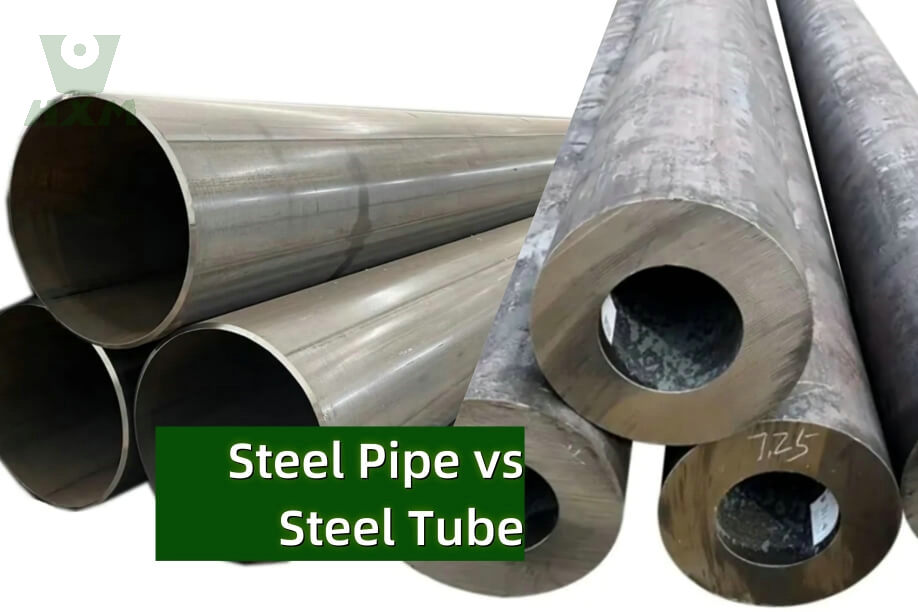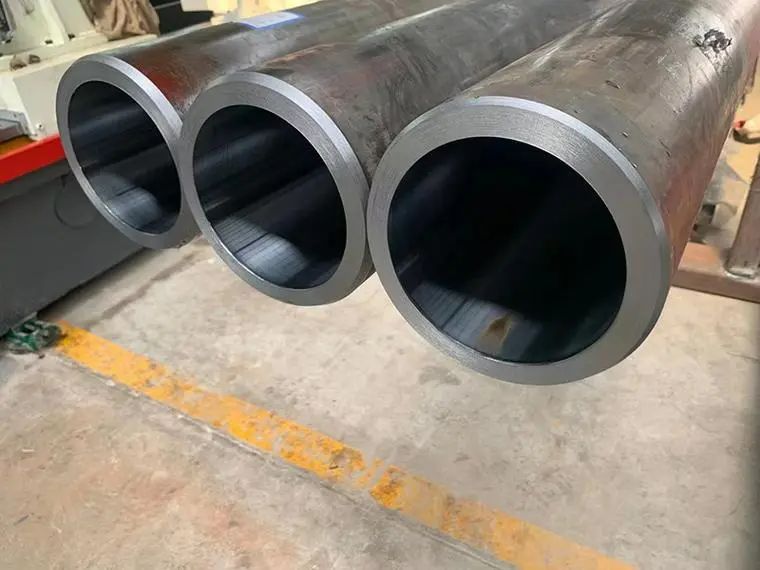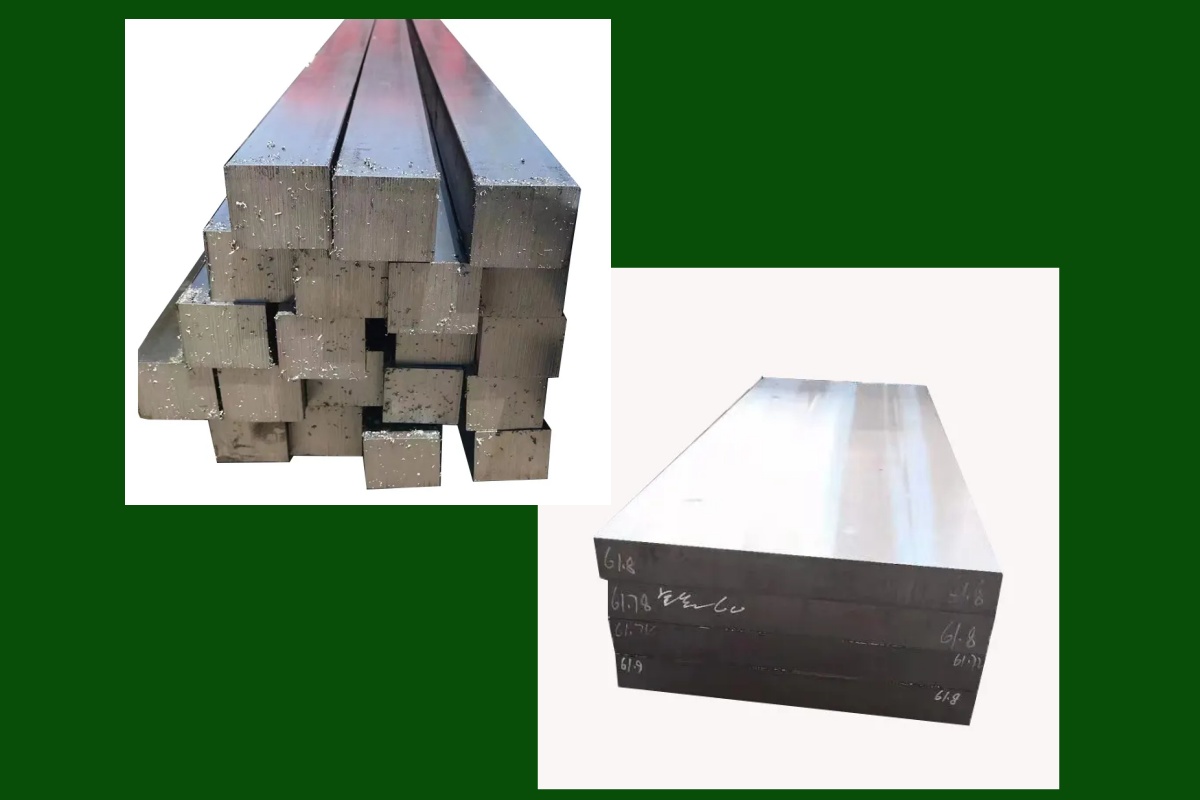Is carbon steel non-toxic?
Carbon steel is a popular material for many applications due to its strength, affordability, and versatility. However, some people may wonder if carbon steel is safe to use and if it contains any toxic materials. Let me tell you a story about a chef who was looking for a safe and reliable cooking surface. They had heard rumors that carbon steel was not a safe option due to the presence of toxic chemicals. But after doing some research and consulting with experts, they discovered that carbon steel is non-toxic and perfectly safe for cooking.
Actually, carbon steel is generally considered non-toxic and safe for most applications. Unlike some other metals, carbon steel does not contain harmful chemicals or coatings.
However, it’s important to note that the safety of carbon steel can depend on factors such as the manufacturing process, surface treatments, and the intended use. As with any material, it’s important to take appropriate safety measures and use carbon steel in a responsible manner to minimize any potential risks.
In this article, we’ll explore the truth about carbon steel’s toxicity and its safety in various applications. Let’s dive in and uncover the facts about carbon steel’s non-toxicity.

Table of Contents
I. Introduction
Carbon steel is a commonly used material in manufacturing and industrial applications.
Carbon steel is a type of alloy made up of iron and carbon, with other elements added to give it specific properties. It’s one of the most commonly used materials in manufacturing and industrial applications, thanks to its strength, durability, and affordability.
There has been growing concern over the potential toxicity of carbon steel and its impact on human health and the environment. As a carbon steel supplier, it’s important to understand the risks associated with this material and take steps to minimize those risks for our customers.
In this article, we will explore the question of whether carbon steel is non-toxic. We will begin by providing an overview of what carbon steel is and why its toxicity is a relevant topic for carbon steel suppliers.
We will then discuss the composition of carbon steel and how different elements in it can affect its toxicity, as well as compare it to other materials.
Next, we will explore the potential for carbon steel to be toxic, including the various factors that can affect its toxicity and the risks associated with using it in different applications.
We will then take a closer look at the use of carbon steel in the food and beverage industry, discussing the regulations surrounding its use and comparing its risks to other materials.
In addition, we will examine the potential environmental impact of using carbon steel, including its contribution to air and water pollution, greenhouse gas emissions, and deforestation.
Finally, we will summarize the key points discussed in the article and offer recommendations for those considering using carbon steel in their applications.
II. The Composition of Carbon Steel
⭐ A. Overview of the composition of carbon steel
Carbon steel is composed primarily of iron and carbon, with trace amounts of other elements such as manganese, sulfur, and phosphorus. The amount of carbon present in carbon steel can range from 0.05% to 1.5%, with higher carbon content generally resulting in a harder, stronger material.

⭐ B. How can the different elements in carbon steel affect its toxicity
The elements present in carbon steel can affect its toxicity in several ways. For example, sulfur and phosphorus can cause embrittlement in the material, making it more prone to cracking or breaking. Manganese, on the other hand, can improve the material’s toughness and resistance to wear. Carbon steel suppliers must carefully consider the composition of their product to ensure it meets the desired performance characteristics while minimizing any potential toxicity.
One of the primary concerns with carbon steel is the presence of trace amounts of other potentially toxic elements, such as lead or arsenic, which can be introduced during the manufacturing process. These elements can leach out of the material over time and pose a risk to human health or the environment.
⭐ C. Comparison of carbon steel's composition to other materials
Compared to other common metals such as aluminum or copper, carbon steel has a relatively simple composition. However, its high carbon content can make it more prone to corrosion and rust, which can impact its durability and safety. In addition, carbon steel is often coated or plated with other materials such as zinc or chrome to improve its resistance to corrosion, which can introduce additional toxicity concerns.
Overall, carbon steel’s composition is a complex topic with important implications for its toxicity and performance. Carbon steel suppliers must carefully consider the materials and processes used in their production to ensure the safety and reliability of their products.
III. Toxicity of Carbon Steel
Carbon steel is generally considered to be non-toxic, as it does not contain any elements that are known to be harmful to human health. However, certain factors such as the composition of the material, the manufacturing process used, and the application in which it is used can all contribute to potential toxicity concerns. Carbon steel suppliers must be aware of these factors and take steps to minimize any potential risks.
One of the main factors that can affect the toxicity of carbon steel is the presence of trace amounts of other potentially harmful elements such as lead or arsenic, which can be introduced during the manufacturing process. These elements can leach out of the material over time and pose a risk to human health or the environment.
In addition, the application in which carbon steel is used can also impact its toxicity. For example, carbon steel used in the food and drink industry must meet strict regulations to ensure it does not contaminate the products it comes into contact with. Similarly, carbon steel used in construction or manufacturing applications must be carefully selected and tested to ensure it does not pose a risk to workers or the environment.
The risk associated with using carbon steel in different applications can vary depending on a variety of factors. In general, carbon steel is considered to be a safe and reliable material when used appropriately. However, it is important to consider the potential for toxicity and take appropriate precautions to minimize any risks.
For example, in the food and drink industry, carbon steel must be carefully selected and tested to ensure it meets regulatory standards and does not pose a risk to human health. Similarly, in manufacturing and construction applications, carbon steel must be used in a way that minimizes the potential for exposure to harmful elements or fumes.
Carbon steel suppliers have a responsibility to provide their customers with high-quality, safe, and reliable products. By understanding the potential for toxicity and taking appropriate steps to minimize any risks, carbon steel can be used safely and effectively in a wide range of applications.
IV. Carbon Steel in Food and Drink Industry
⭐ A. the use of carbon steel in the food and drink industry
Carbon steel is a common material used in the food and drink industry due to its durability, heat resistance, and relatively low cost. It is commonly used in the manufacture of food processing equipment, storage tanks, and other machinery. However, the use of carbon steel in this industry must be carefully regulated to ensure it does not contaminate the products it comes into contact with.

⭐ B. Explanation of the regulations surrounding the use of carbon steel in this industry
The food and drink industry is subject to strict regulations governing the use of materials in contact with food products. In the United States, the Food and Drug Administration (FDA) sets guidelines for the use of carbon steel in the food and drink industry. These guidelines specify the acceptable levels of certain elements, such as lead and cadmium, that can be present in the material.
Carbon steel suppliers must ensure that their products meet these regulatory standards and provide documentation to prove compliance. In addition, manufacturers must follow strict guidelines for cleaning and maintaining equipment to prevent contamination and ensure the safety of the products produced.
⭐ C. Comparison of the risks associated with using carbon steel in this industry to other materials
While carbon steel is a common material used in the food and drink industry, it is not without its risks. One of the main concerns is the potential for corrosion, which can cause the material to break down and release harmful elements into the products being processed or stored. This is particularly true when the material is exposed to acidic or alkaline substances.
Compared to other materials used in the industry, such as stainless steel or ceramic, carbon steel is generally considered to be less resistant to corrosion. However, it is still widely used due to its cost-effectiveness and durability.
Carbon steel suppliers must take steps to minimize the risks associated with using this material in the food and drink industry. This includes providing high-quality, corrosion-resistant products, and ensuring that their customers are aware of the potential risks and how to mitigate them.
In conclusion, the use of carbon steel in the food and drink industry is common, but must be carefully regulated to ensure it does not pose a risk to human health. Carbon steel suppliers play a crucial role in ensuring the safety and reliability of the products they provide, and must take steps to minimize any potential risks associated with their use.
V. Environmental Impact of Carbon Steel
Carbon steel is widely used in various industries, including construction, transportation, and manufacturing. However, the production and use of carbon steel can have a significant environmental impact. In this section, we will explore the environmental impact of carbon steel, how it can be disposed of safely, and compare its environmental impact to other materials.
The production of carbon steel involves several steps, including mining, refining, and processing of iron ore. The production process requires significant amounts of energy and releases large quantities of carbon dioxide (CO2) and other greenhouse gases, contributing to global warming and climate change.
In addition to greenhouse gas emissions, the production of carbon steel can also result in air pollution, water pollution, and soil contamination. The mining of iron ore can lead to deforestation and habitat destruction, while the refining and processing of iron ore can result in the release of toxic chemicals and heavy metals into the environment.
Carbon steel can be recycled and reused, which can significantly reduce its environmental impact. When carbon steel products reach the end of their useful life, they can be recycled and turned into new products. Recycling carbon steel requires less energy and resources than producing new steel from virgin materials.
However, not all carbon steel products can be recycled. Some carbon steel products, such as those that contain hazardous materials or have been contaminated with chemicals, cannot be recycled and must be disposed of safely.
Compared to other materials, carbon steel has a moderate environmental impact. While its production requires significant amounts of energy and releases large quantities of greenhouse gases, it can be recycled and reused, reducing the need for virgin materials.
However, carbon steel is not the most environmentally friendly material. Some materials, such as bamboo, cork, and hemp, have a lower environmental impact than carbon steel. These materials require less energy and resources to produce, are biodegradable, and have a smaller carbon footprint.
In conclusion, the production and use of carbon steel can have a significant environmental impact, including greenhouse gas emissions, air pollution, water pollution, and soil contamination. To minimize the environmental impact of carbon steel, it is important to recycle and reuse carbon steel products whenever possible and dispose of them safely when recycling is not an option.
While carbon steel is not the most environmentally friendly material, it is widely used in various industries, and carbon steel suppliers can take steps to reduce its environmental impact. For example, carbon steel suppliers can use renewable energy sources to power their production processes, develop more sustainable production methods, and use recycled materials in their products.
IV. Carbon Steel in Food and Drink Industry
In conclusion, carbon steel is widely used in various industries due to its durability, strength, and affordability. Carbon steel suppliers play a significant role in providing this material for manufacturers, construction companies, and other industries. However, the question of whether carbon steel is non-toxic is a critical issue that needs to be addressed.
From our analysis, we have found that while carbon steel is generally considered non-toxic, there are some risks associated with its use in certain applications. The composition of carbon steel, along with the presence of other elements, can affect its toxicity. Factors such as the duration of exposure and the application in which it is used can also impact the toxicity of carbon steel.
In the food and drink industry, the use of carbon steel is regulated to ensure that it does not pose a health risk to consumers. Other materials such as stainless steel may be preferred due to their non-reactive properties, but carbon steel is still commonly used in the industry.
In terms of environmental impact, carbon steel is considered to be one of the most environmentally friendly materials, as it is recyclable and has a long lifespan. However, care must be taken when disposing of carbon steel waste to avoid negative impacts on the environment.
In light of these findings, we recommend that carbon steel suppliers and manufacturers prioritize the safety of their customers and workers by ensuring that the carbon steel they produce and supply is non-toxic and safe for use in various applications. Additionally, companies that use carbon steel in their products should consider the potential risks and take appropriate measures to protect their employees and consumers.
Overall, carbon steel is a versatile and valuable material that plays an important role in many industries. While it is generally considered non-toxic, caution should be taken when using it in certain applications. As long as carbon steel suppliers and manufacturers prioritize safety and follow regulations, it can continue to be a reliable and cost-effective material for years to come.
Related Blogs

Steel Pipe vs Steel Tube: Key Differences and Applications
Discover the key differences between steel pipes and steel tubes, including their uses, measurements, and schedules like schedule 40 vs schedule 80 pipes. Learn which is right for your project and how to choose the best steel solution.

General Materials of Honed Tubes
Honed tubes are typically made from materials such as carbon steel, alloy steel, stainless steel, and special alloys. Carbon steel, like ST52 and 45#, is widely used for its strength and affordability, making it ideal for hydraulic and pneumatic systems. Alloy steel, including grades like 16Mn and 27SiMn, offers enhanced wear resistance and strength for high-pressure applications. Stainless steel, such as 304 and 316, is favored for its corrosion resistance, especially in harsh environments. Special alloys like Inconel and Hastelloy are used in extreme conditions where high temperatures or corrosion resistance is essential, such as in marine and chemical industries.

The Relationship Between Carbon Steel and Tool Steel
Carbon steel and tool steel are two fundamental types of steel, each with its own specific properties and applications. While they share some similarities—both being forms of steel with varying carbon content—they serve very different purposes in industrial and manufacturing contexts. Understanding the relationship between carbon steel and tool steel can help clarify their unique roles and why each is chosen for specific applications.
Request A Free Quote
We’d like to work with you
If you require further information about our metal sheet products or architectural projects, please don’t hesitate to leave your contact details and message here.
Our team of experts will respond within 24 hours to continue the discussion and provide you with any additional information you requires.







